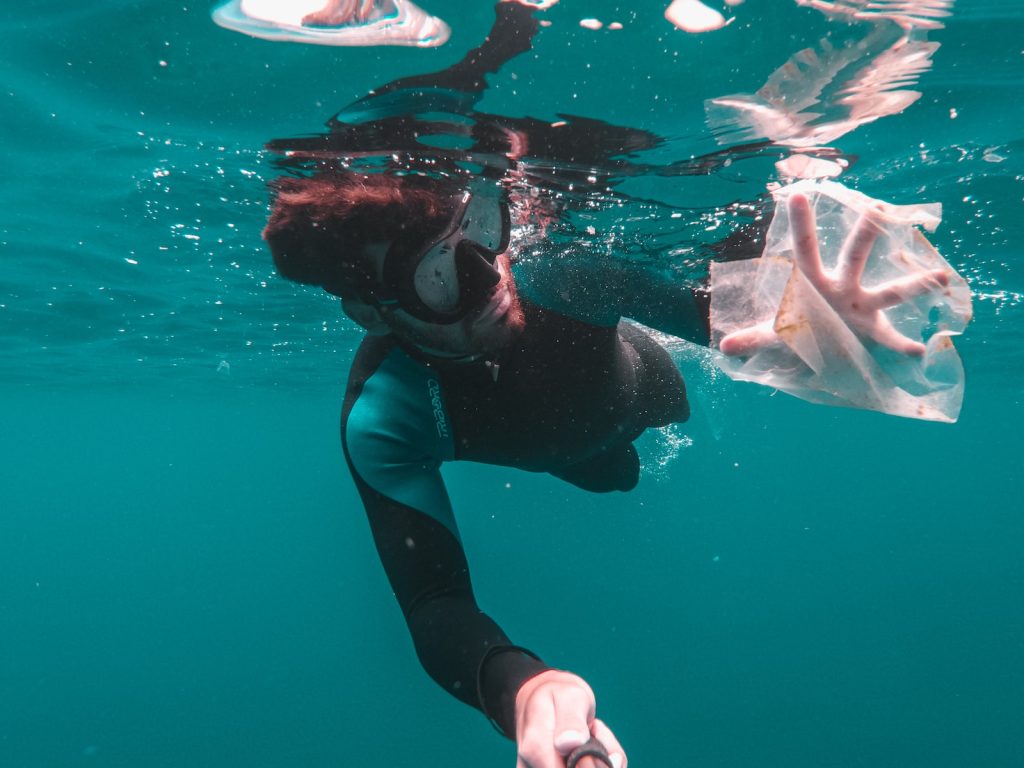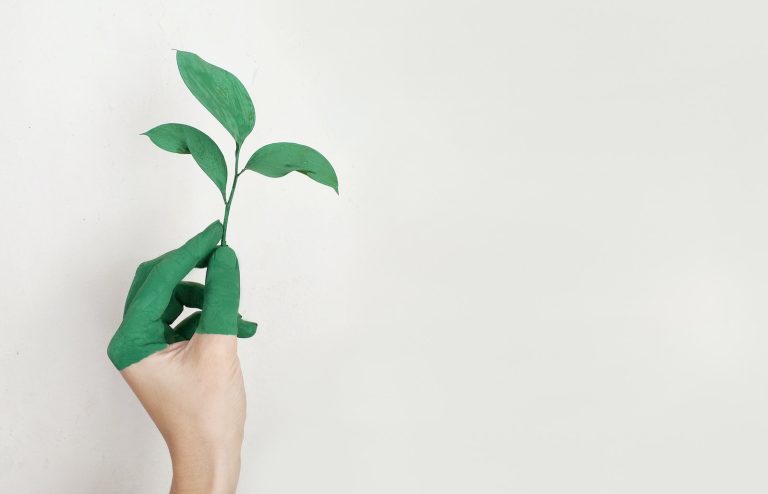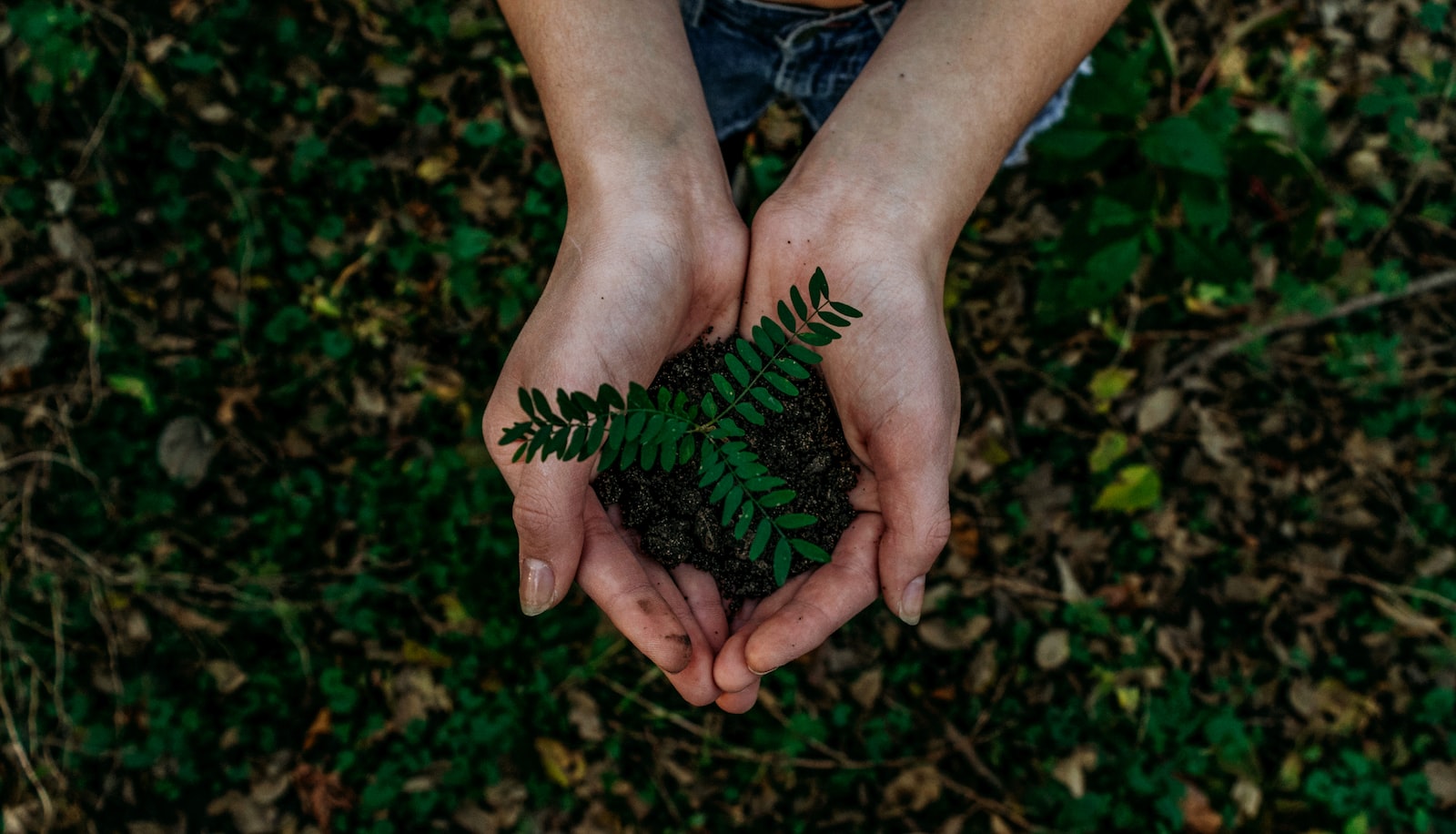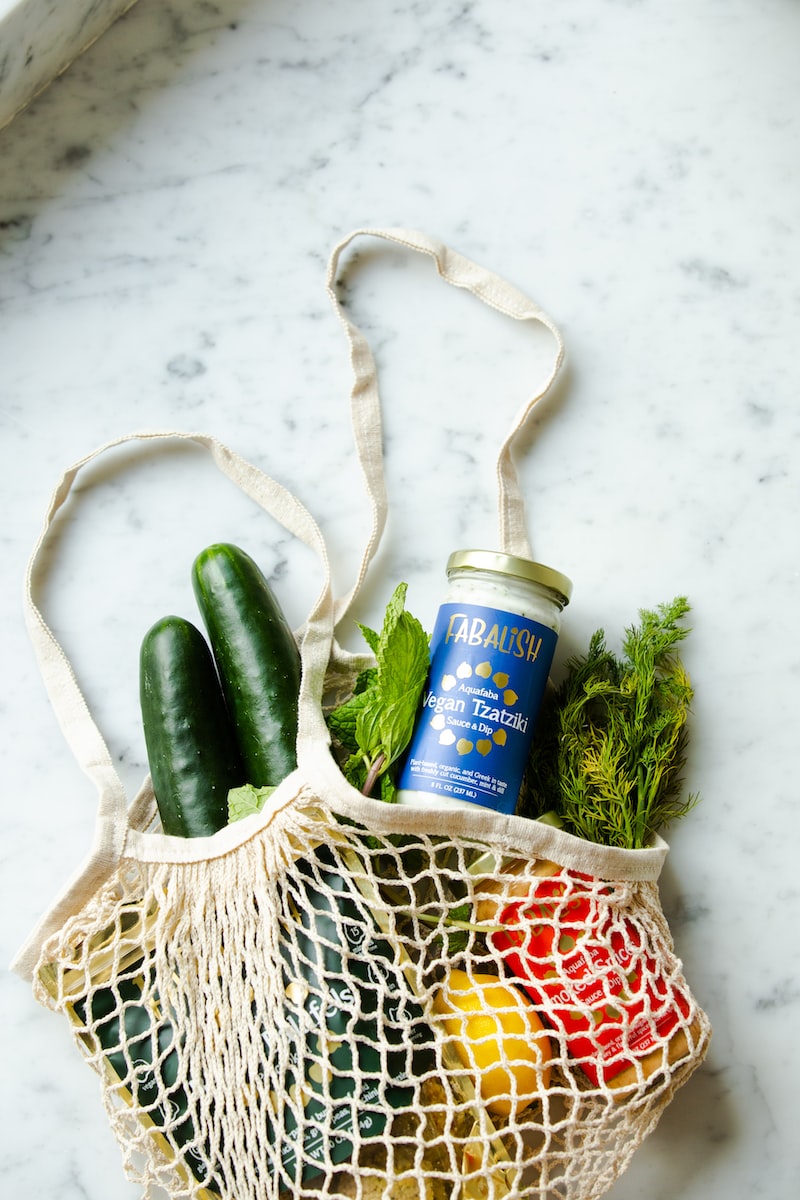Microplastics, as the name implies, are tiny plastic particles. They are defined as plastics less than five millimetres (0.2 inches) in diameter. Plastic is the most prevalent type of marine remainder found in the ocean and lakes. They can come in all shapes and sizes and are about the size of a sesame seed. As a pollutant, microplastics can be harmful to the environment, and animal and human health. They result from both commercial product development and the breakdown of larger plastics. In this regard, microplastics are categorised into two groups: primary and secondary. Let’s first identify them to make sure that we avoid microplastics in our daily routine.
Primary Microplastics
Primary microplastics were created by the manufacturer to be a certain tiny size for a particular purpose. The one that you have probably heard about the most is microbeads. They are little plastic spheres used in face washes, cosmetics and toothpaste to exfoliate or scrub. They are usually made out of polyethene. The number of consumer and commercial products with intentionally added microplastics is massive. They can be found in cosmetics, detergents, paints, medicines, nappies and pesticides. Over time, these tiny particles end up flooding our environment.
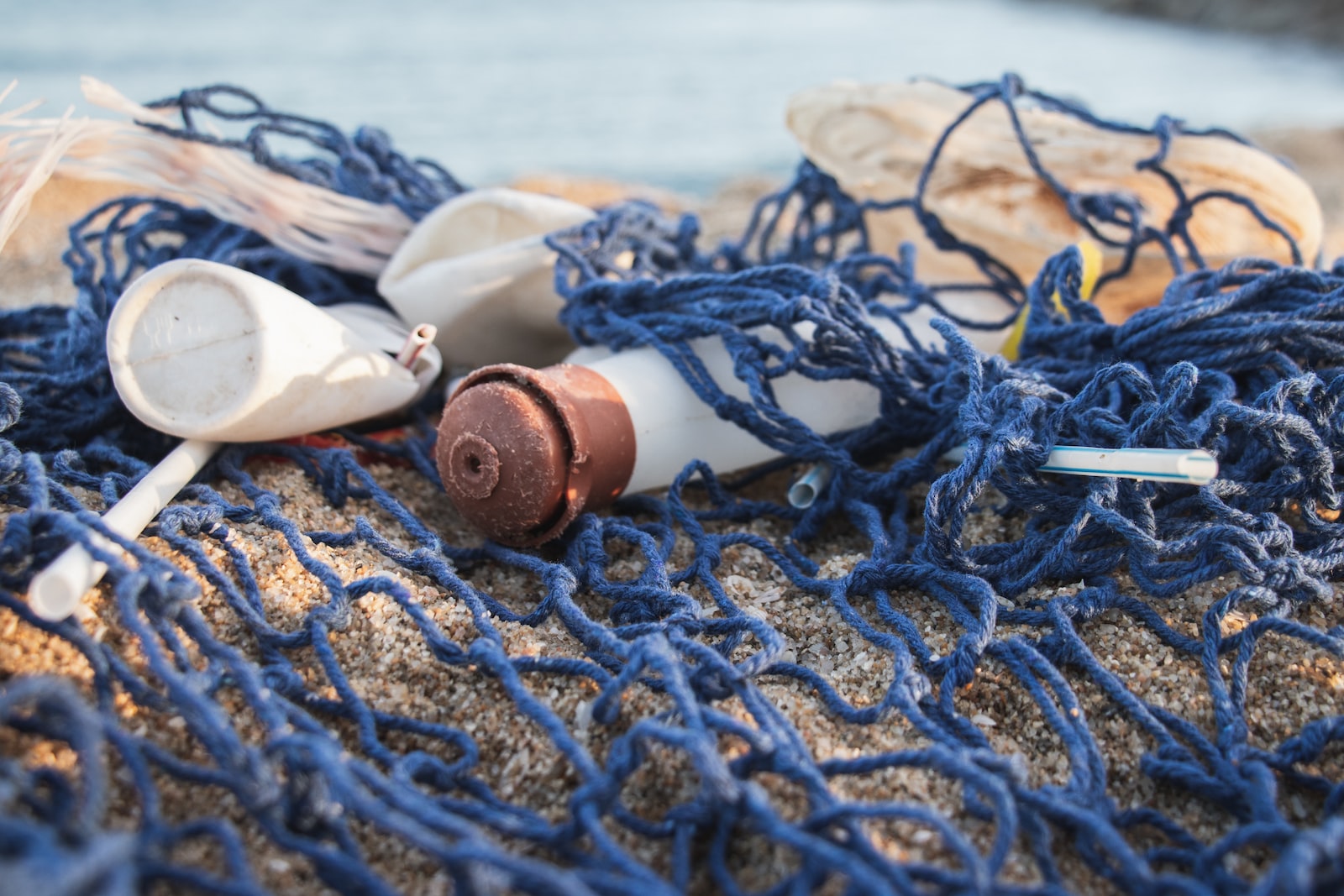
Secondary Microplastics
Larger pieces of plastic can break down over time and release small pieces into the environment. Weathering, such as from waves, sunlight or other physical stress breaks the plastic into smaller pieces. Plastic bags and fishing gear are some examples of common garbage that break down. These microplastics usually have more variable shapes. More than 8.3 billion tons of plastic have been produced by humans since the 1950s, the majority of which has landed up in landfills and the natural environment. Scientists warn that if our patterns of plastic production and disposal continue, our oceans could contain more plastic than fish as soon as 2050.
Why do you need to avoid microplastics?
Microplastics are not biodegradable, so once they are in the environment, they accumulate and persist. They can take hundreds or thousands of years to decompose and in the meantime, wreak havoc on the environment. These tiny pieces have been found pretty much everywhere on Earth: on mountains, in the oceans, in the Arctic sea ice, and in our air, drinking water and bodies.
To further complicate matters, microplastics in the ocean can bind with other harmful chemicals before being ingested by marine organisms. They are extremely persistent, which means it is almost impossible to remove them from the environment where they accumulate.
How to avoid microplastics?
While it might be tempting to microwave leftovers or takeout right in the container, the BPA added to plastic leaches much more easily when heated. Try not to microwave your food in plastic; transfer it to a ceramic or glass container instead. A study found that you may be swallowing a credit card’s weight of plastic weekly. Obviously, much of this comes from the food and water we consume every day. To avoid microplastics, you can follow these eight advice:
Get a laundry ball
Clothing is one of the world’s largest sources of pollution especially those made from plastic. Plastic is one of the biggest sources of microplastic pollution in the world, coming from things like polyester t-shirts or yoga pants. A single load of laundry can release more than one million microplastic fibres into the environment through both the wastewater generated by washing machines and the exhaust from dryers. Most of the clothing probably has polyester or other forms of microplastics in it. When you wash these clothes, microplastic fibre leaks out into the water. In order to solve this, you can install a filter in your washing machine to catch these plastics or use the Cora Ball, which is inspired by the way coral filters the ocean and collects your microfibers into a fuzz you can see. Then, you can properly dispose of them. You can also wash your clothes on a lower setting, wash by hand or try to purchase less clothing made of synthetics.
Use Plastic-free Cosmetics and Microbead-free Beauty Products
Personal care products often include plastic components. For instance, lotions and skin creams often include plastic while toothpaste and exfoliators often contain microbeads. Most of these products also come in small plastic containers that are hard to recycle. There are a lot of brands competing to win over sustainability-minded consumers that have phased out plastic components and have invested in alternative types of packaging.
Buy Clothes Made from Natural Materials
Instead of buying garments made out of plastic, seek out brands that only use natural materials such as cotton, silk, wool, hemp and linen. The risk of microplastic pollution diminishes if you only own clothes made from natural, non-plastic materials. Brands like SLOactive are creating ocean-friendly swimwear and wetsuits whilst cleaning the oceans. Aizome Bedding produces zero-waste, all cotton bedding with natural indigo-dyeing.
Stop Using Single-use Plastics
All plastic eventually breaks down into microplastics over time. As a result, cutting down on the plastic you use in your everyday life can make a big difference. Here are some simple things you can do to reduce your interaction with plastic:
- Reduce the use of disposable plastic water bottles. Use a refillable water bottle instead.
- Buy fresh food and bulk items at the grocery store to avoid microplastics and plastic packaging
- When possible, shop local
- Try to find zero-waste grocery stores that make it easier to eliminate plastic from your daily life
- Bring your coffee mug to the cafe, sip your beverage with no straw and try to only buy takeaway if it is in a biodegradable container
- Bring reusable bags or backpacks while shopping
- Ask for paper instead of plastic bags
- Swap disposable plastic straws for reusable metal, glass or bamboo straws

Use Public Transportation
Car tires are a major source of microplastic when they break down because of friction. Car tires shed plastic particles that then accumulate in the air, further causing air pollution. By using public transportation instead of a personal car, you can limit the overall amount of tire erosion and plastic pollution.
Buy a Water Filter and Stop Using Single-use Water Bottles
Most carbon block filters with a micron rating of 2 or less will remove microplastics. EcoPro is an example of a water filter using coconut shell carbon block technology and it uses recyclable refills.
Regularly Dust and Hoover
Some dust particles around the home are made up of microplastics. You can reduce that amount by keeping your home as fresh and clean as possible. Do this by:
- Hoovering and dusting at least once a week
- Using air filters or purifiers that specifically capture microplastics
- Opting for hardwood flooring over carpet, as carpeting releases greater amounts of microplastics into the air
Support Environmental Sustainability Policies
Taking personal action to reduce microplastics is great, but your efforts do not have to stop there. You can support policies, politicians and organisations that are taking their own brand of action. Vote for politicians that prioritise the health of their citizens and actually address the plastic and microplastic pollution crises. Support measures that work to reduce the number of plastics and microplastics across the globe. You can also volunteer or contribute to organisations and charities that are fighting against microplastics in the environment.
What are the Health Risks of Microplastics?
Microplastics can be toxic, depending on their composition. It can also act as a carrier of other molecules that cling to it. Some of those clinging molecules are bacterial, and others, are viral.
Although researchers are unsure about the volume of microplastics a body can tolerate or the damage it may cause, they found microplastics in people from Europe, Russia, and Japan. They confirmed that we do in fact ingest microplastics. This research also demonstrated that some microplastic particles are egested from our bodies. But, is this true for all ingested microplastics, or does a percentage remain in our bodies? A wide range of animal studies has been conducted and scientists found that the smallest microplastics can pass the gut barrier and reach the bloodstream. These plastic particles can travel to other parts of the body. For example, in rats, plastics were detected in the stomach, intestines, kidney and heart. Very small plastic particles have even been detected in the fetuses of mice and in the brain of fish.
Based on these types of studies, researchers have hypothesised that human exposure to microplastics could lead to DNA damage and inflammation, among other health problems. In particular, when inflammation becomes chronic, this can pave the way to very serious health problems.
Single-use plastics, are polluting the environment and our bodies. Explore Faircado’s magazine if you want to learn more about how to avoid microplastics: “Breaking Up With Our Plastic Addiction: Why And How?” or download our browser extension to shop more sustainably.
